RoMeincraft and the Grote Archeologie Prijs!
RoMeincraft recreates Roman cultural heritage sites in the popular video game Minecraft together with the broader public. The initiative has now been nominated for an award.
Nomination
We are happy to announce that the RoMeincraft project, developed by the VALUE Foundation, has been nominated for the Grote Archeologie Prijs! If you are not familiar with our project hold on tight, because I will take you on a journey of the history of RoMeincraft and, who knows, maybe by the end you will consider voting for us!
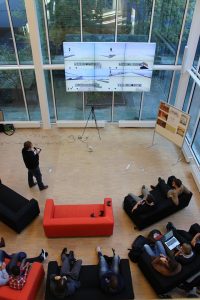
A Blocky Beginning
RoMeincraft recreates existing or lost Roman cultural heritage sites in the popular video game Minecraft together with the broader public. Minecraft is one of the most popular video games to date (sold more than 176 million copies) and you can think of it as a form of digital LEGO: a world made of blocks in which you can build anything you can imagine.
The idea for the RoMeincraft project was conceived here, at the Faculty of Archaeology, back in 2015. On September 30th 2015, VALUE reconstructed Palmyra’s temple of Bel at the Faculty in collaboration with students, staff, and visitors of the Faculty (photos!). The goal was to raise awareness about the destruction of cultural heritage, while at the same time engaging with the archaeological material in an innovative way. The event was considered a success (see the end result!) and we decided to expand upon the concept.
Building RoMeincraft
In 2017 VALUE was awarded a grant from Provincie Zuid-Holland to help increase the visibility of the Dutch Roman Limes and thus RoMeincraft: Virtual Reconnaissance of the Dutch Limes was created! RoMeincraft consisted of 11 events held in various locations along the former Roman border where Roman remains such as forts, harbors, and camps were present (but not always visible) in the modern landscape. The events took place in museums, town squares, and even pubs!
During these events we reconstructed Roman heritage together with the public. We would provide the information, in the form of booklets and discussions, and the infrastructure, in the form of PCs and a Minecraft map of South Holland which we had created specifically for these events, and the public would do the reconstruction.
Since the blocks of Minecraft have 1x1x1m dimensions, it was possible to reconstruct the forts and buildings to an 1:1 scale. This scale was useful not only for the accuracy of the reconstructions but for another important component of the events, virtual reality! In every event, alongside the PCs used for playing Minecraft, we had a virtual reality station, where people could literally walk into our digitally reconstructed Roman forts and experience Roman heritage first hand!
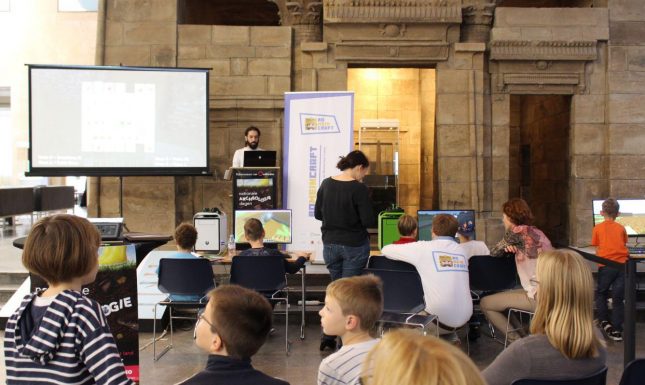
A Provincial Block at a Time
With more than 1000 people attending the events, and even more reached through our website and social media, this first iteration of RoMeincraft was considered a success. This led to a series of other events in different provinces: RoMeincraft Gelderland, RoMeincraft Limburg, and even abroad with RoMeincraft Flanders. In addition, we have covered other topics as well: Minecraft: Nineveh as part of the Nineveh exhibition at the National Museum of Antiquities; CraftYourHeritage together with the Prince Claus Fund, reconstructing the St. John Cathedral in Den Bosch; and a series of Minecraft workshops as part of our Culture Arcade exhibition in Amsterdam.
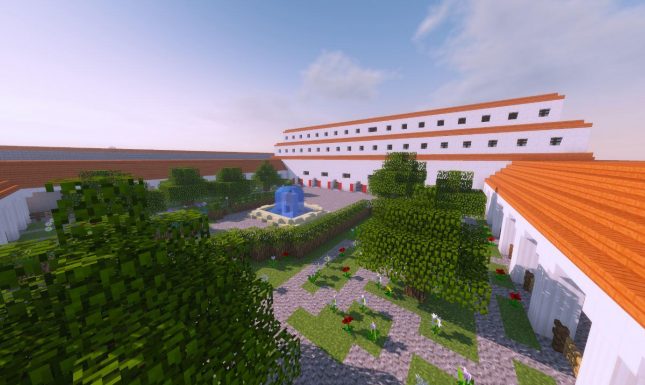
While currently we do not have any Minecraft events scheduled, we are hard at work to incorporate more provinces and sites as part of RoMeincraft, but also to pursue international collaborations for larger and more inclusive Minecraft projects!
And the Prize?
The success of RoMeincraft has led to the nomination of the project by a jury for the Grote Archeologie Prijs for archaeological outreach! This is a great honor and a reward for our hard work. Who wins the prize, however, is up to you! As the decision will be made via a public vote, we would like to ask for your support and your vote to help us win the Great Archaeology Prize!



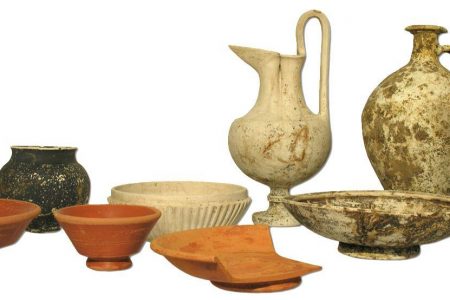
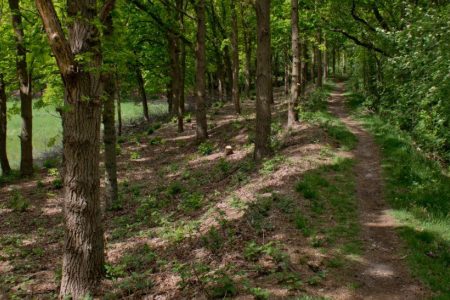
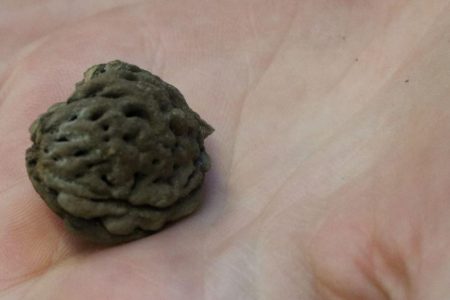
0 Comments